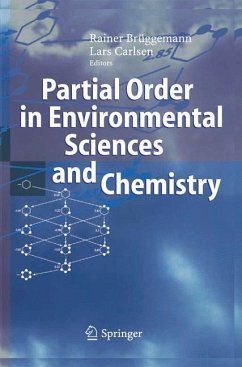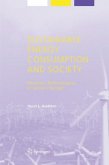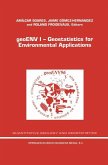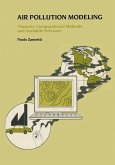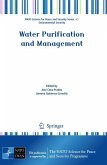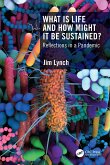When you edit a book, the editors should ask themselves, why are we - ing this and whom are we doing this for? To whom could this book be valuable as a source of information and possibly inspiration and of course are there other books with similar topics on the market? Indeed the mat- matical structure 'partial order' is explained in many mathematical te- books, which require different degrees of mathematical skills to comp- hend. Thus, as far as we can tell, all these books are dedicated directly towards mathematician working in the area of Discrete Mathematics and Theoretical Informatics. Although partial order is very well known in quantum mechanics, especially within the context of Young-diagrams, l- erature stressing the application aspect of partial order seems to be not available. However, an increasing number of publications in scientific journals have in recent years appeared, applying partial order to various fields of chemistry and environmental sciences. A recent summary can be found in a special issue of the journal Match - Commun. Math. Comput. Chem. 2000, edited by Klein and Brickmann. However, we believe that this journal possibly is too specific and as such it may not reach scientists actually applying partial order in various fields of research. Hence, we dared to initiate the editing of this book in order to address a broader au- ence and we were happy to convincing distinguished scientists working with different aspects of partial order theory to contribute to this book.

